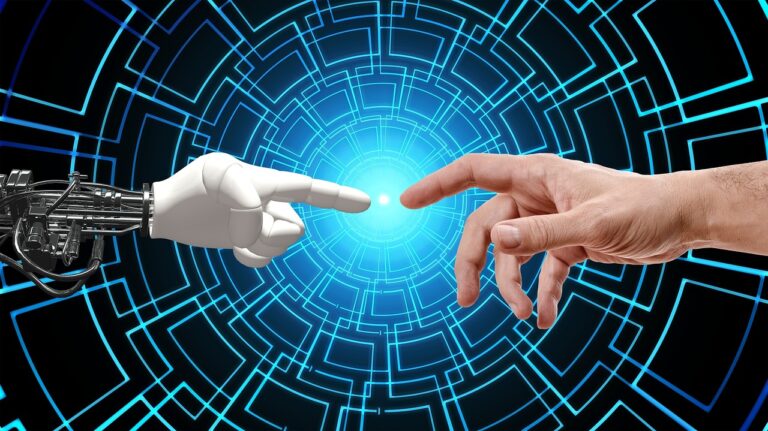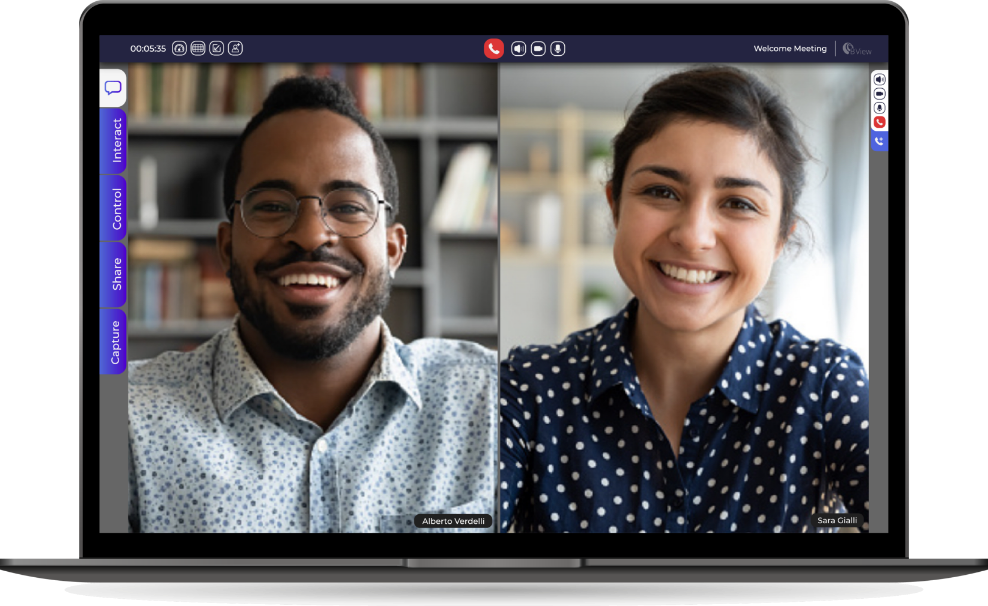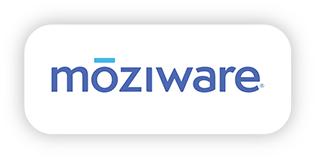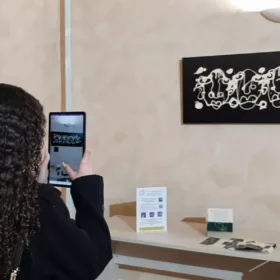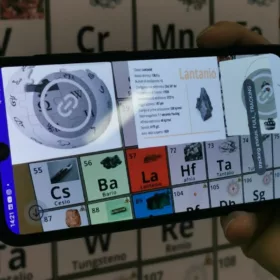These days we have heard a lot about Chat GPT and not only in trade magazines, but really everywhere, including social networks.
Why all the fuss?
For years the theme of artificial intelligence and its potential has been a subject of interest and several questions have been asked about the real advantages and its limits, especially in terms of privacy.
So it’s no wonder that what looks like a real revolution in the world of AI is the hot topic of this moment.
What is different about this solution to be defined as the turning point in the relationship between artificial intelligence and human?
Let’s see it.
What is Chat GPT
Chat GPT is an artificial intelligence (AI) technology developed by OpenAI, whose use is completely free. GPT stands for “Generative Pre-trained Transformer”.
What does it mean? In simple words, it is a chatbot that can generate an automatic text and simulate a conversation as between humans.
How does that work
When a user enters a message, Chat GPT processes the input and generates a relevant and consistent response within the conversation.
To know how this happens, it is useful to understand which technology is the basis of the NLP, Natural Language Processing, which is a branch of artificial intelligence that deals with the interaction between computers and human language.
In the case of Chat GPT this technology allows the chat to understand patterns and nuances of human language that are essential to create relevant and consistent responses. In addition, thanks to the use of machine learning algorithms, Chat GPT can “learn” from conversations and adapt to different styles and offer increasingly personalized answers. Just consider that it is based on 175 billion paradigms.
What is it for
Chat GPT can be used in everyday life, for different field such as:
- Generate coherent and well-written texts in different styles (formal, colloquial) on different topics from scientific to poems and songs, and can do it in different languages
- Customer support: you can analyze problems and generate solutions or answers to questions.
- It can generate posts and content for social media, sites, blogs etc.
- Writing theses
- Complete job searches
- Analyze very large datasets
Another field where it can have a significant impact is education, where interactive learning experiences can be created.
In short, it seems that the limit is only the imagination, but let’s not forget that every technological tool has its limits, and in this case what worries most are the problems related to privacy and that of being able to generate misinformation, especially in delicate areas such as science and health.
Brochesia will keep you informed, keep following us and discover our solutions.
